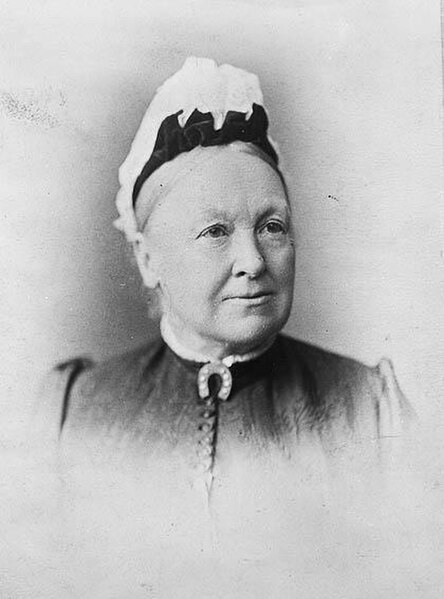Women's suffrage in Australia
Women's suffrage in Australia was one of the early achievements of Australian democracy. Following the progressive establishment of male suffrage in the Australian colonies from the 1840s to the 1890s, an organised push for women's enfranchisement gathered momentum from the 1880s, and began to be legislated from the 1890s, decades in advance of Europe and North America. South Australian women achieved the right to vote in 1894, and to stand for office in 1895 following the world first Constitutional Amendment Act 1894. This preceded even male suffrage in Tasmania. Western Australia granted women the right to vote from 1899, although with some racial restrictions. In 1902, the newly established Australian Parliament passed the Commonwealth Franchise Act 1902, which set a uniform law enabling women to vote at federal elections and to stand for the federal parliament. By 1908, the remaining Australian states had legislated for women's suffrage for state elections. Grace Benny was elected as the first councillor in 1919, Edith Cowan the first state Parliamentarian in 1921, Dorothy Tangney the first Senator and Enid Lyons the first Member of the House of Representatives in 1943.

Australia's first female political candidate, South Australian suffragette Catherine Helen Spence (1825–1910). South Australian women won the parliamentary vote in 1894 and Spence stood for office in 1897.
Edith Cowan (1861–1932) was elected to the Western Australian Legislative Assembly in 1921 and was the first woman elected to any Australian Parliament.
Womanhood Suffrage League of New South Wales, 1902
Edith Dircksey Cowan was an Australian social reformer who worked for the rights and welfare of women and children. She is best known as the first Australian woman to serve as a member of parliament. Cowan has been featured on the reverse of Australia's fifty-dollar note since 1995.
Cowan in c. 1900
Cowan as a teenager, c. 1876
Cowan in her wedding dress
Cowan in 1921, the year she was elected to parliament







